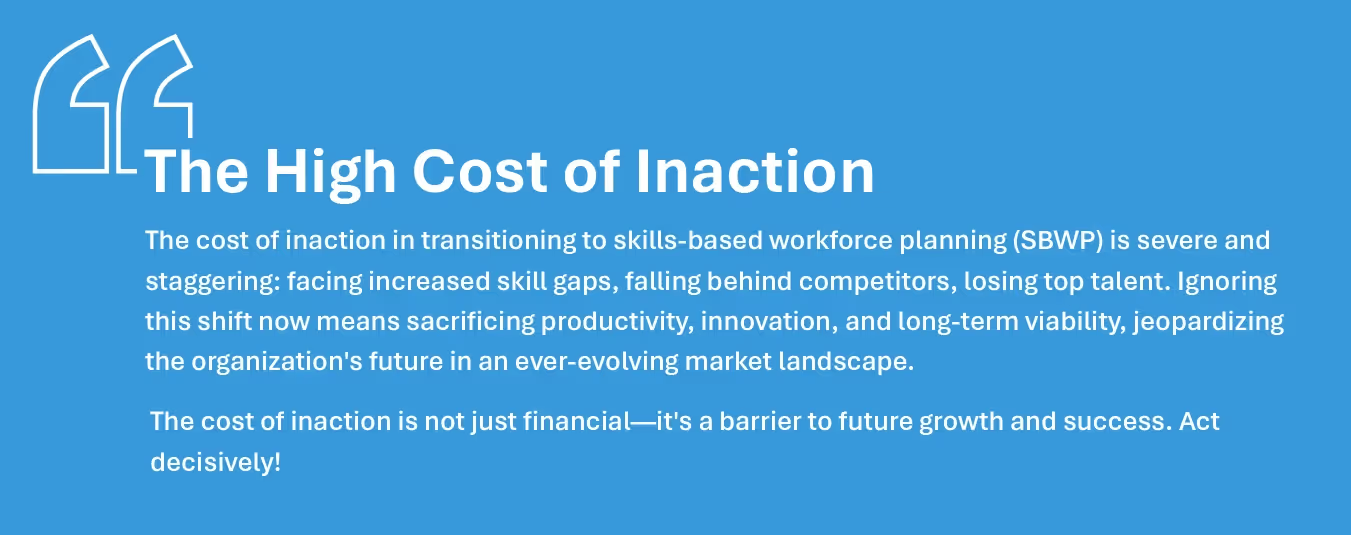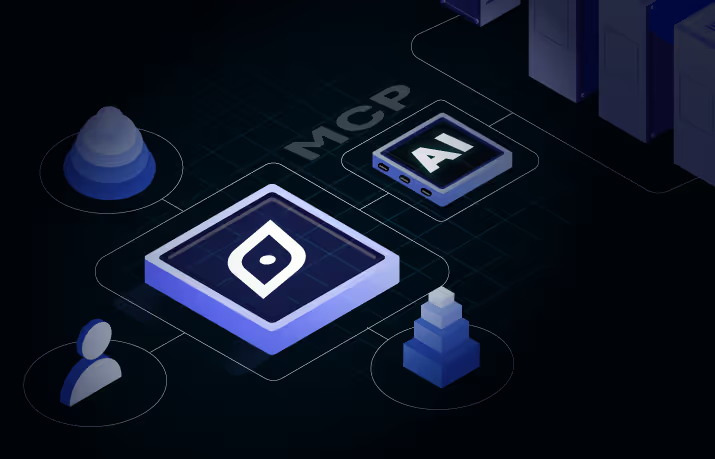Gaining Stakeholder Support for Skills-Based Workforce Planning: A Strategic Approach
The job – often considered the most basic building block of work, may be holding back many organizations. In response, numerous companies are switching to skills-based workforce planning models to enhance talent mobility, empower employees, and promote equity.
However, successfully implementing this workforce strategy hinges on gaining the support of key stakeholders. Here are some primary driving factors and benefits talent leaders can showcase to secure this vital buy-in.
Clearly Demonstrating Skills-Based Workforce Planning Alignment with Organizational Goals
One of the most compelling ways to gain stakeholder support is by demonstrating how SBWP aligns with the broader organizational goals.
Closing skills gaps has clearly emerged as one of the topmost business challenges for enterprises, worldwide. The traditional role-based workforce planning does not offer a concrete, time bound resolution for this snowballing challenge. According to a Deloitte survey, organizations are increasingly placing skills, rather than jobs, at the center of the way work gets done.
By explaining how skills-based workforce planning (SBWP) directly addresses this challenge by aligning workforce capabilities with business objectives, talent leaders can frame the transition as a strategic necessity rather than a mere HR initiative.
Highlighting the impact on employee engagement and retention
Stakeholders are often concerned about the bottom line, and employee engagement plays a significant role in this. By adopting skills-based workforce planning, organizations can create clearer pathways for skill development and career advancement for their employees, leading to increased employee satisfaction and retention.
Investing in employee development through a skills-based approach not only retains talent but also enhances overall talent mobility and organizational productivity.
Explaining the impact of building future-ready workforce for the organization
When explaining skills-based workforce planning (SBWP) to your boss, emphasize that it aligns employee skills with business goals, ensuring agility in response to market changes. Highlight its focus on identifying business critical skills and continuous learning, which prepares staff for future challenges.
Driving Innovation through Diverse Skills
SBWP fosters collaboration and innovation by leveraging diverse talents, ultimately creating a more adaptable and resilient workforce ready to drive organizational success in an evolving landscape. It emphasizes individual skills / capabilities over rigid job descriptions. This approach encourages better collaboration across top talent, harnesses varied perspectives, and ultimately drives innovation by creating a more agile and creative organizational culture.











.svg)
















.svg)





.svg)





.svg)
